Regulation of electroconvulsive therapy
- Comparison table: Regulation of electroconvulsive treatment (ECT) in Australian and New Zealand Mental Health Acts [PDF; 54 KB]
The regulation of ECT varies widely in most respects across the different Acts.
Common features generally include the number of treatments in a course (9–12), the role of tribunals in hearing applications for involuntary ECT, and a separate framework for authorising ECT in emergencies.
The main exception is Tasmania, where ECT is not subject to any special regulation. Most Acts have special provisions addressing capacity to consent to ECT, or the matters which the patient must be informed about, or both (see accompanying table ‘Special provisions governing informed consent to electroconvulsive treatment (ECT) in Australian and New Zealand Mental Health Acts’).
Disclaimer: These tables have been developed by the RANZCP as at 30 June 2017 in order to allow key provisions in the Mental Health Acts to be compared. They are intended for reference purposes only and are not intended to be a substitute for legal or clinical advice.
